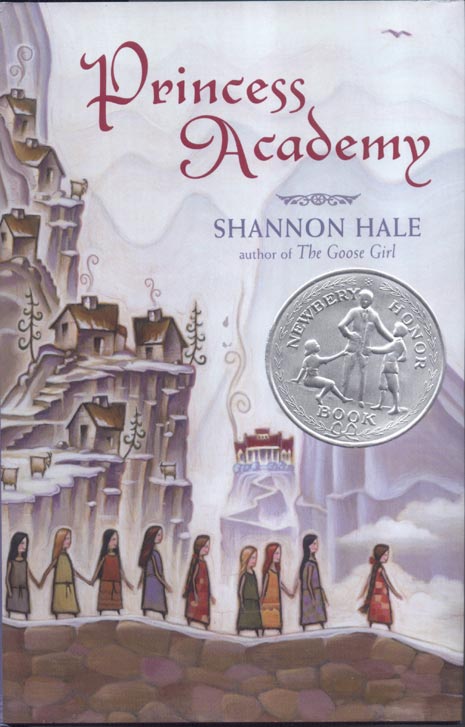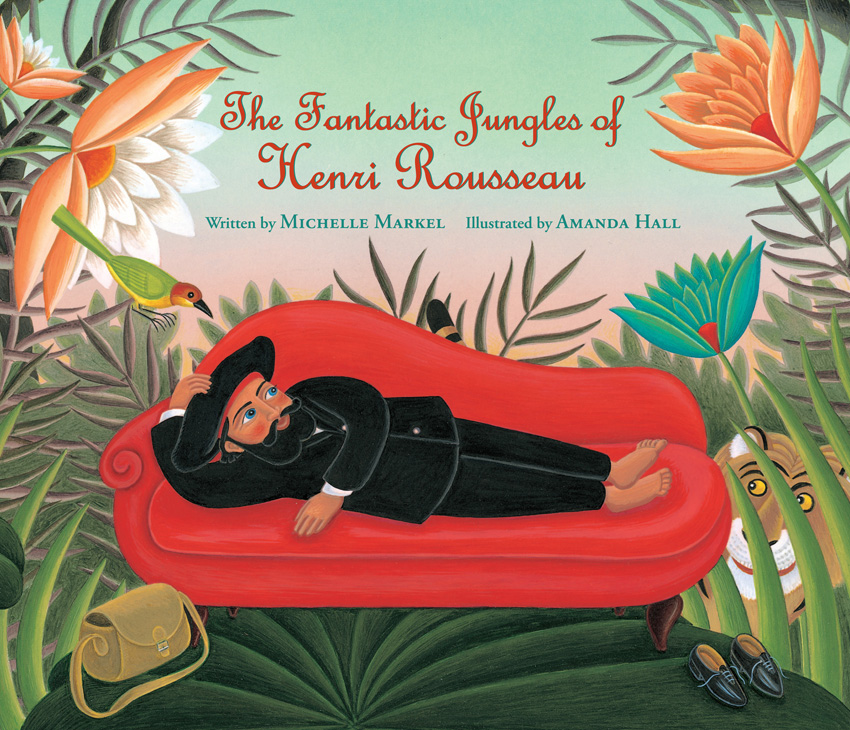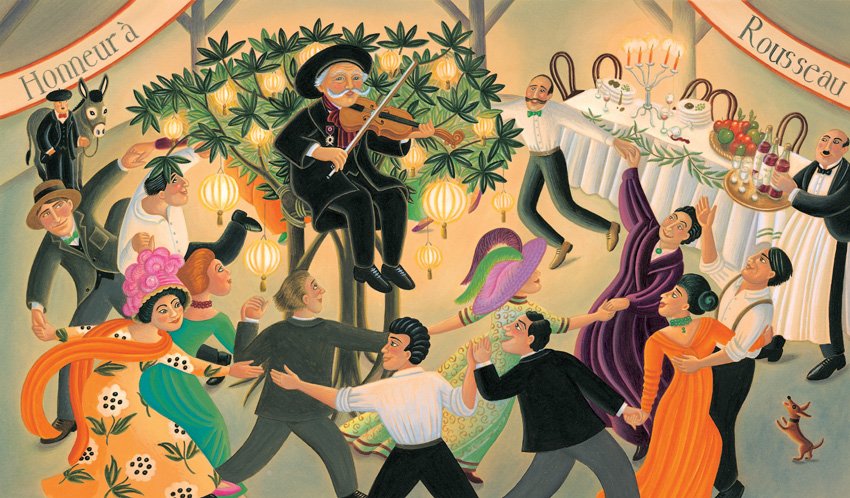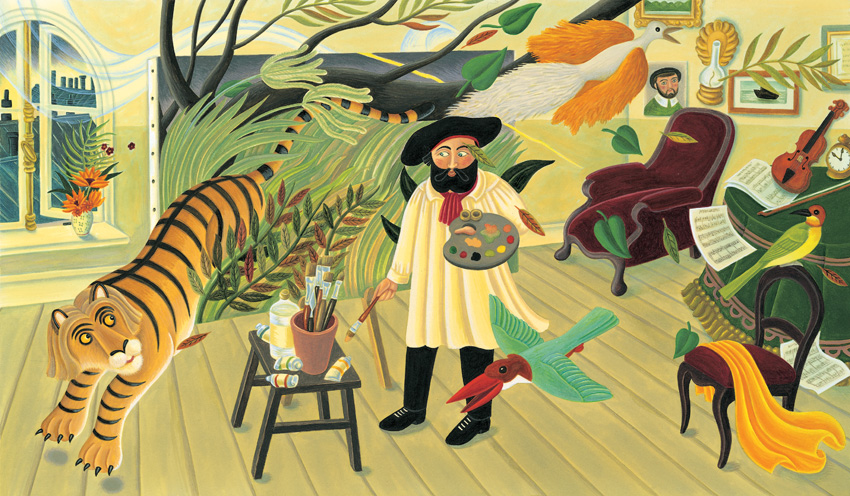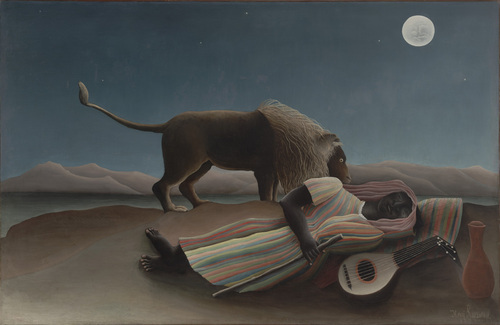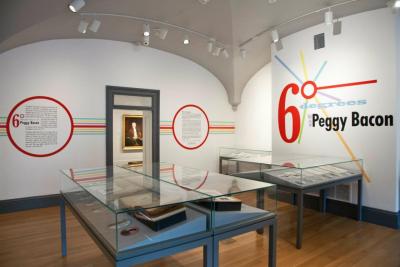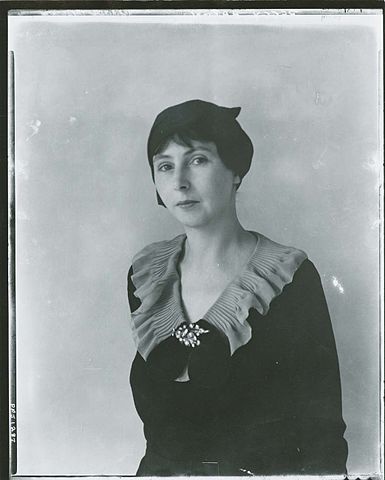I'm thinking about holding a Mini Mock Caldecott for some of my daughter's third-grade friends at my house later this month. I know Milly would be interested (for my sake, if nothing else), but I'm not sure about anyone else. Maybe it will have to be a Micro-Mini Mock Caldecott?
If I do follow through on this (and writing about it here should help), I'll have to limit the number of books we look at together to about five. I'd like to have time for reading, discussion (of the Caldecott criteria and voting process as well as of the books themselves), and hands-on exploration of some artistic media. And, of course, voting! Here are the books I'm considering:

Green by Laura Vaccaro Seeger (Roaring Brook).
Homer by Elisha Cooper (Greenwillow).
Oh No! by Candace Fleming; illustrated by Eric Rohmann (Shwartz and Wade).
Step Gently Out by Helen Frost and Rick Lieder (Candlewick).
Unspoken by Henry Cole (Scholastic).
I chose these based in part on the variety of media: acrylic and oil pastel, watercolor, relief printing, photography, and pencil, respectively. But looking at my list, I wonder if it doesn't need a funny book, too--maybe Goldilocks and the Three Dinosaurs as retold by Mo Willems (Balzer + Bray)?
It would be lovely if at least one of the books we look at were to be recognized by the actual Caldecott committee: being shut out entirely is one of the risks of limiting the list to only 5, although it could happen with a list of 20. Maybe we should meet again after the winner is announced on January 28--assuming we meet in the first place!
